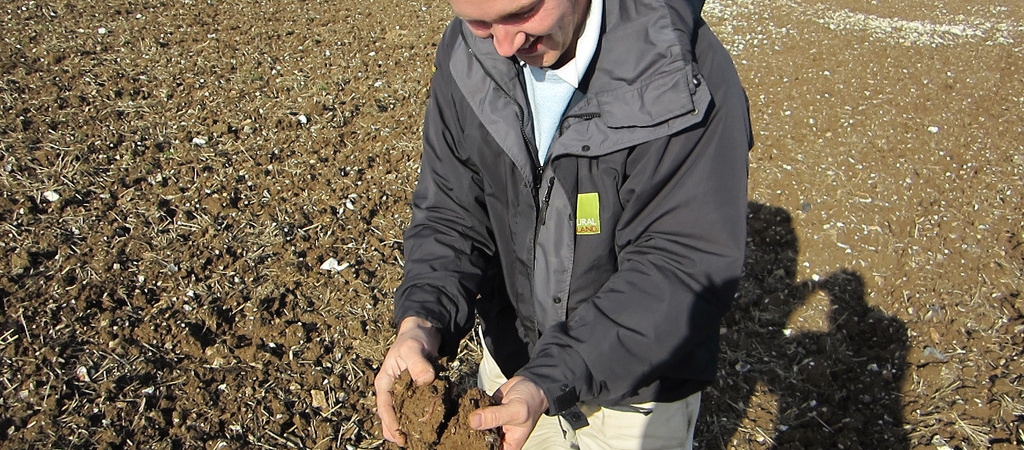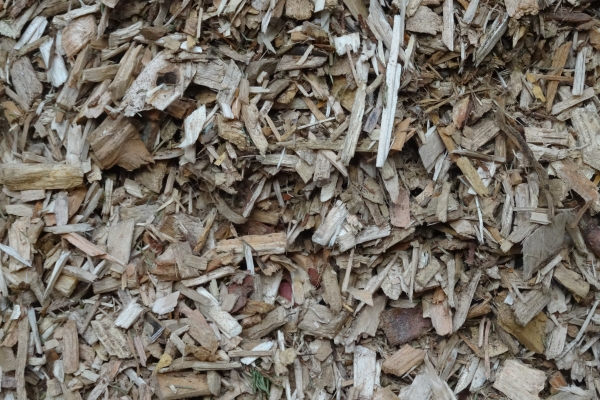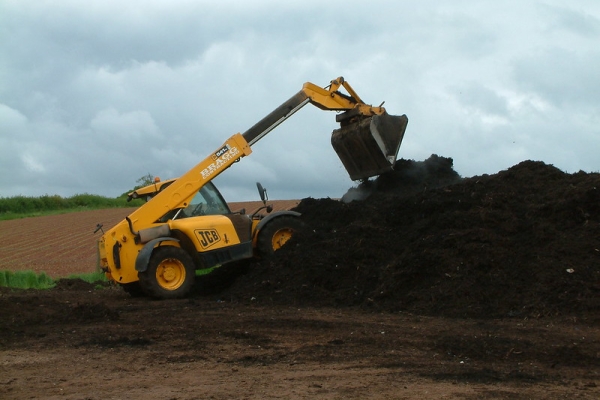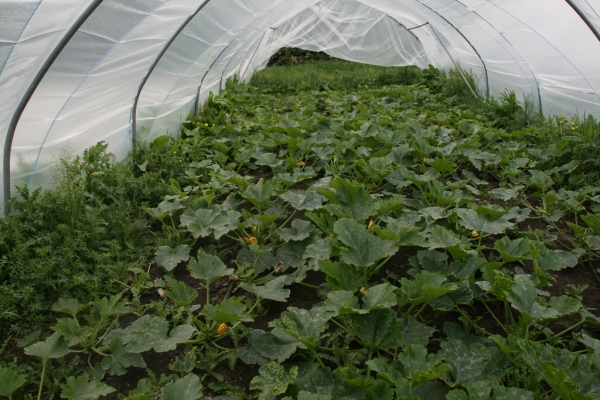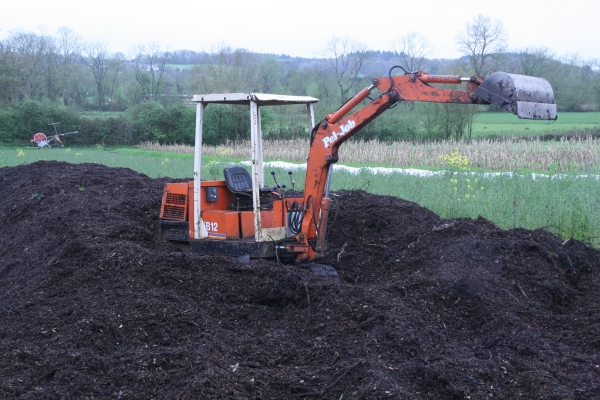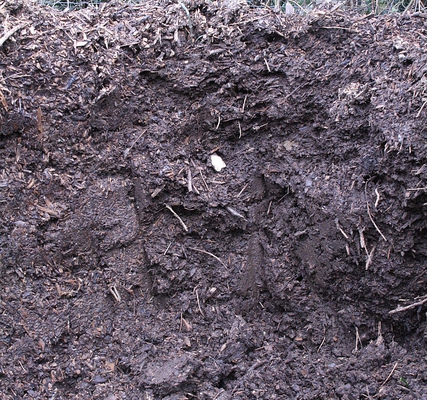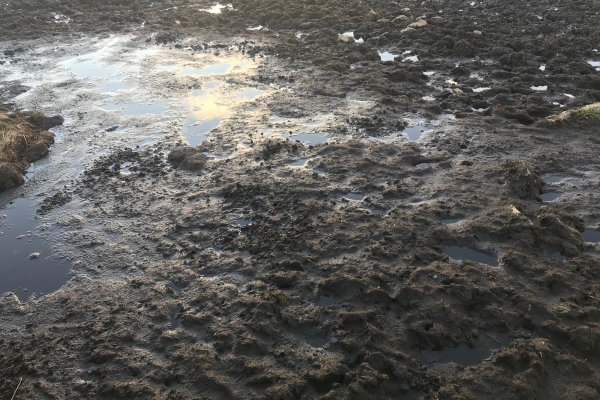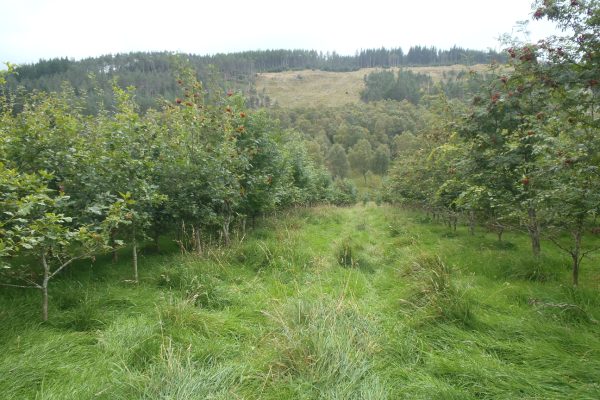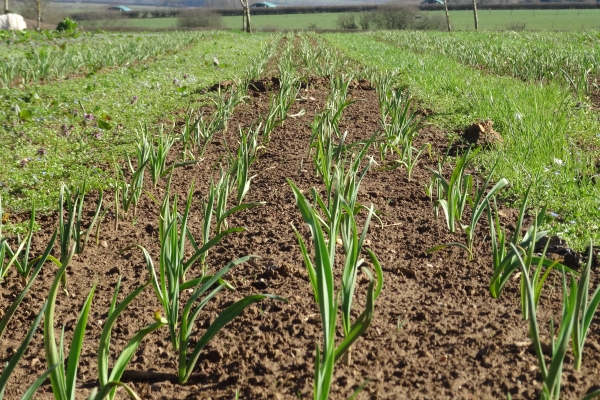Nutrient Wise Demos
Resource explained
This is the web page for a sub project of Duchy College’s SWARM Knowledge Hub that was delivered by the British Grassland Society.
Nutrient Wise Demos was farmer driven; demonstration sites were established for farmers, to promote engagement with grassland management methods. They became the forum for events and various publications were produced as project outcomes.
You can access a pdf of the extensive field guide produced as a legacy to the project, and a summary of the guide.
You can also access information about the demonstration themes: soil chemistry and nutrient planning (including soil structure and compaction), the effects of chemical topping at varying rates to suppress grass growth and allow over seeding via direct drilling, soil chemistry and grassland liming, and options for grassland reseeding. Technical information sheets are available for each; some were produced to distribute at events, others to communicate information about trials that were run.
Findings & recommendations
- A key aim of the project was to reduce nutrient waste, improving the environmental impacts of grassland management and reducing costs for farmers.
- The summary of ‘Soil smart and nutrient wise – a guide for on-farm practice’, emphasises the uniqueness of the field guide in taking the reader through on-farm practical tips in line with the seasons. It also includes guidance for farmers on conducting your own on-farm trials to find the best practices of soil maintenance and repair, nutrient application, and plant types used in leys that suit your fields. The summary explains that it also covers the basics of grassland management, including soil structure and texture, assessing soils, the role of water, key nutrients, and the importance of analysing manures.
- More information and technical fact sheets can be accessed from the ‘Events material’ button on this webpage. Those of particular note are accessible under green compost opportunities; they cover using organic manures for second cut grass silage, the importance of soil organic matter, digestate, green waste compost and sewage sludge. Under the May demo event you can access useful information on grassland reseeding and establishing white clover in grass swards to save on nitrogen fertiliser.
